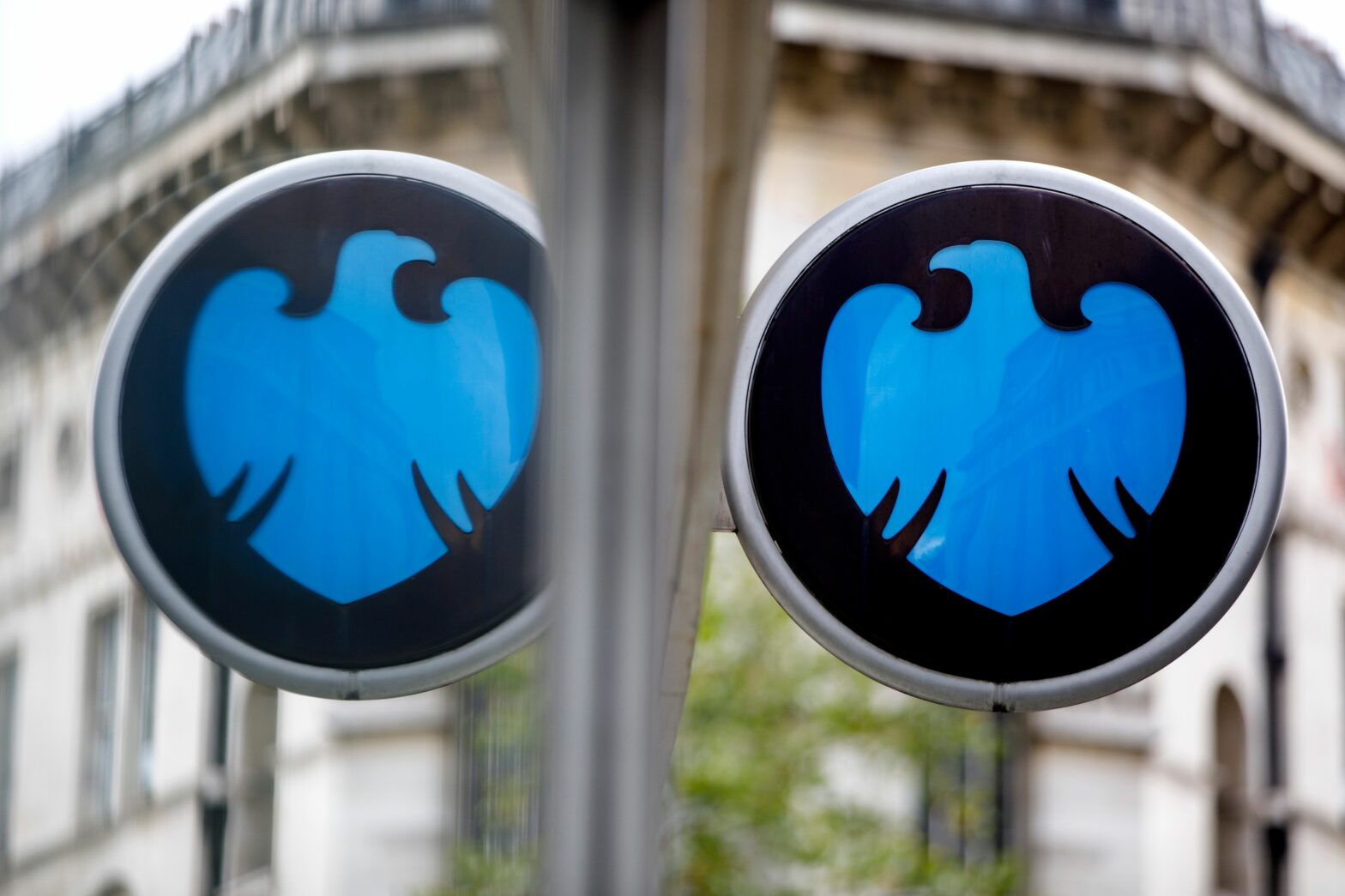Are you trying to build a crowdfunding platform to help new users get interested in your company’s product?
Before starting your crowdfunding campaign, you’ll need to build an audience before you start the crowdfunding platform. Why? Your audience will help create your initial sales, and this will help your site rank and obtain more backers from within the crowdfunding community.
Here are a few main components to making a winning platform:
- Knowing your audience
- How to leverage your audience around the launch
- Creating a great product-market fit
Make a customer avatar
Before you can build an audience, who need to know who they are first. This is your customer avatar: it creates a vision of your audience, writing it down, and making specific products to help attract as many people as possible.
Don’t go with the simple avatar that says “my customer neads a tech business.” This is a weak example and doesn’t help you get into their mind and understand their reasons for why they should use your product.
You’ll know you’ve done a good job if you’ve given your customer avatar a name, a photo, and written down about a half page about them. Here are some questions you should ask when making your first customer avatar:
- Who are they?
- What field do they usually work in?
- Where do they live?
- What global problem does my product solve?
- Why do they want to use my product?
Your product will attract different forms of people and different reasons for using it. Don’t try to fit different groups into one avatar – things will get confusing. We recommend making three avatars, prioritised by how much relevance they have to your crowdfunding project.
Create an online storefront / Landing page
With a minimum of 3-6 months before launch (unless you have a large marketing capital to spend on Facebook before the campaign, and you know how to market your product correctly), you should create an email list.
By making a landing page, you give your customers the chance to view your early website and build an early connection with them, send updates to people who demonstrate an interest in your product and help share your story.
Two week pre-launch
The two weeks before you launch is the most crucial times for your entire crowdfunding project. This is where you start to send emails to your list, pitching your business and product goals to the public, making final edits to your video and campaign page, and making sure everyone is ready for your launch.
If you have a marketing budget, we expect that you spend around $200-$300 to test your business’s product out on different types of audience and find out which one converts the best.
Focus on people who are familiar with Kickstarter and crowdfunding as their interests. For instance, if you place an ad on Facebook for your product, your customers will assume they can obtain it now.
If they don’t know how crowdfunding works, your audience, might see the ad, go to Kickstarter and become confused, they’re less likely to buy your product if they’re not able to understand why they have to wait 5 months for them to own it.
Final steps
Now that you’ve created the email list, the website, and advertise your product, it’s time for your business to create a launch day. At this point, you want to create a lot of consumer interest in your platform and trust with your business.
And how do you do this?
Start by creating exclusive offers that are only available to early bird users who invest into your company first. For instance, make a special that’s 50% off for the first 100 users and only keep it on the crowdfunding page for a few days. This will increase customer excitement and lead to more users wanting to invest in your platform.
Closing remarks
Your first crowdfunding platform will take some time, effort, research, and a strong marketing team to help make it successful. But, once you take the time to build a successful audience, you’ll find it easier to receive funding and receive more investors willing to try your product!
In conclusion, tailor your crowdfunding platform to your audience and watch your company project increase its chances for success.
Do you have any extra questions about making a crowdfunding platform?
Share in the comments below!







